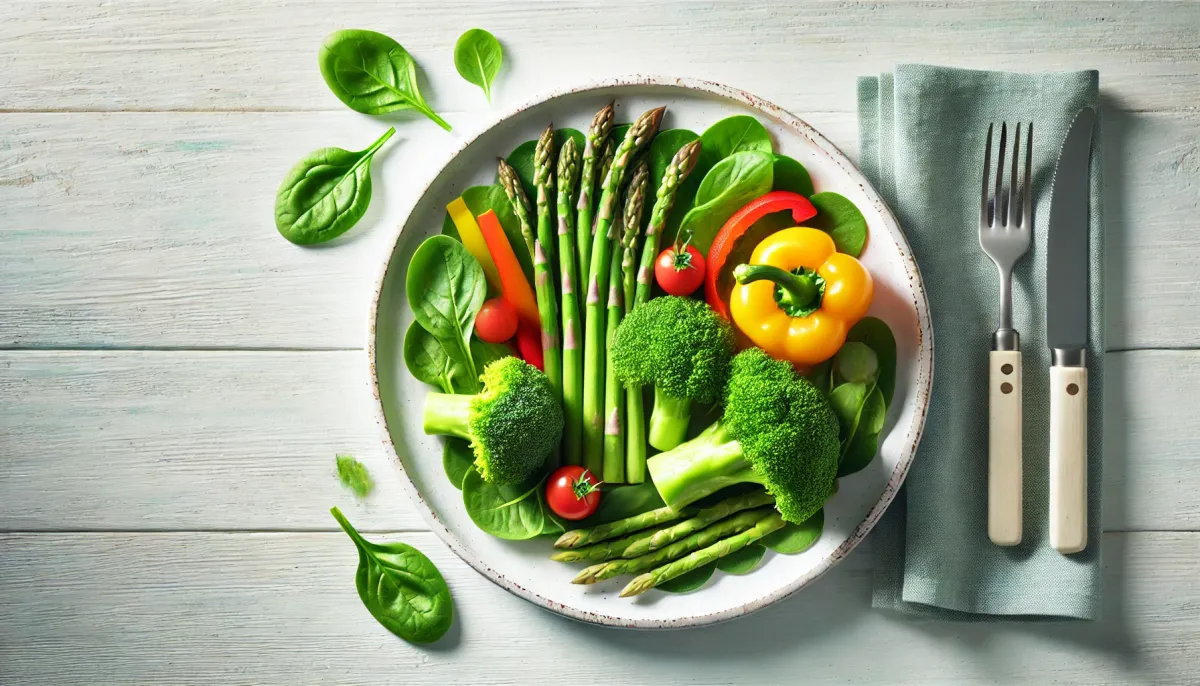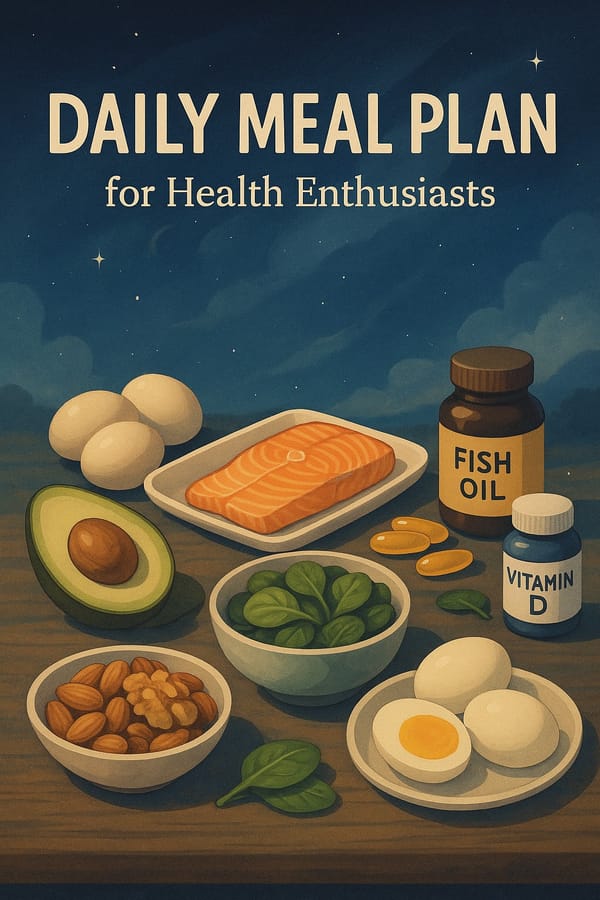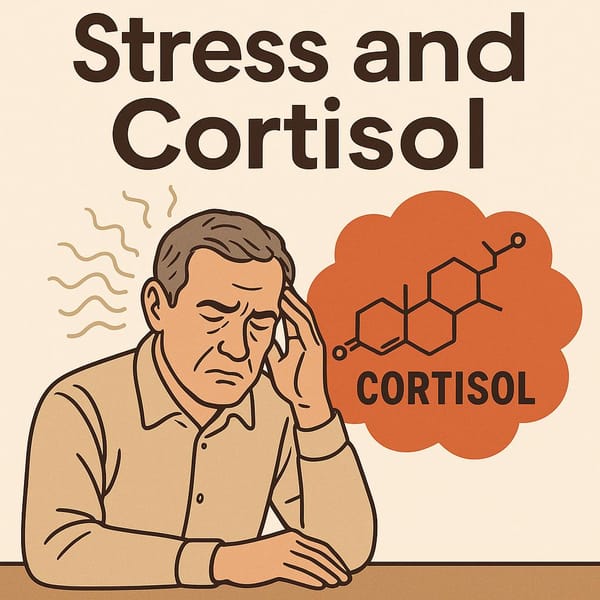Can You Do IF Without Starving? FMD: A Low-Calorie Approach That Works!

Have you ever set out to do Intermittent Fasting (IF) only to feel overwhelmingly hungry during fasting periods, or worse, give in to temptation at the sight of snacks? Many people think IF requires strict fasting, but in reality, there’s a way to "eat" and still reap the benefits of fasting. Enter the Fast Mimicking Diet (FMD), a dietary plan designed to trick your body into thinking it’s fasting while still allowing you to eat!
What is FMD?
The Fast Mimicking Diet (FMD) is a low-calorie diet designed to mimic the effects of fasting. Even while consuming small amounts of food, your body stays in a "fasting" mode. Developed by scientists, this approach helps make IF easier, reduces the risk of breaking your fasting program, and offers full health benefits like triggering autophagy and reducing inflammation.
How is FMD Different From Regular IF?
| Traditional IF | FMD |
|---|---|
| Requires fasting periods | Allows low-calorie eating |
| No food during fasting | Controlled, minimal intake |
| Risk of giving in to hunger | Reduces chances of breaking |
What Can You Eat on FMD?
The key is selecting low-calorie foods that provide essential nutrients while promoting fasting processes in the body. Examples of FMD-friendly foods include:
- Low-Calorie Vegetables and Fruits
- Broccoli, spinach, asparagus
- Low-sugar fruits like berries
- Healthy Fats in Small Quantities
- Avocado
- Olive oil (as salad dressing)
- Plant-Based Proteins
- Tofu, lentils, chia seeds
- Soy milk with BCAAs (limit to 100 calories per serving to stay in fasting mode)
- Soups and Hot Beverages
- Miso soup
- Caffeine-free herbal teas
- Zero-Calorie Beverages
- Water, lemon water with a pinch of salt
- Matcha green tea
- Black coffee (without sugar or cream)
Benefits of FMD in IF
- Reduces Hunger: Eating suitable foods helps curb hunger, reducing the likelihood of breaking your IF routine.
- Reduces Inflammation: FMD’s high-quality foods help combat inflammation in the body.
- Triggers Autophagy: Even with food, low-calorie intake can stimulate cellular recycling processes.
- Supports Weight Loss: Staying within calorie limits aids weight loss without extreme fasting.
Sample FMD Plan for Beginners
Day 1 (Approx. 500-700 Calories)
- Morning: Herbal tea + half an avocado
- Lunch: Vegetable soup with tofu
- Dinner: Spinach salad with olive oil dressing + a small portion of berries
Day 2 (Approx. 400-600 Calories)
- Morning: Lemon water (no sugar)
- Lunch: Miso soup + steamed broccoli
- Dinner: Half an avocado + herbal tea
Additional Tips
- Consult a Doctor or Expert Before Starting: Especially if you have pre-existing health conditions.
- Stick to Calorie Limits: Exceeding recommended calorie intake can break your fasting mode.
- Stay Hydrated: Drinking plenty of water helps curb hunger and supports detoxification.
Conclusion: IF Without Starving!
FMD offers an alternative way to do IF without the stress of strict fasting. By choosing foods wisely and controlling portions, you can achieve your health and weight loss goals sustainably while minimizing hunger pangs.
Have you tried FMD, or do you have tips for succeeding with IF? Share your thoughts in the comments below!



